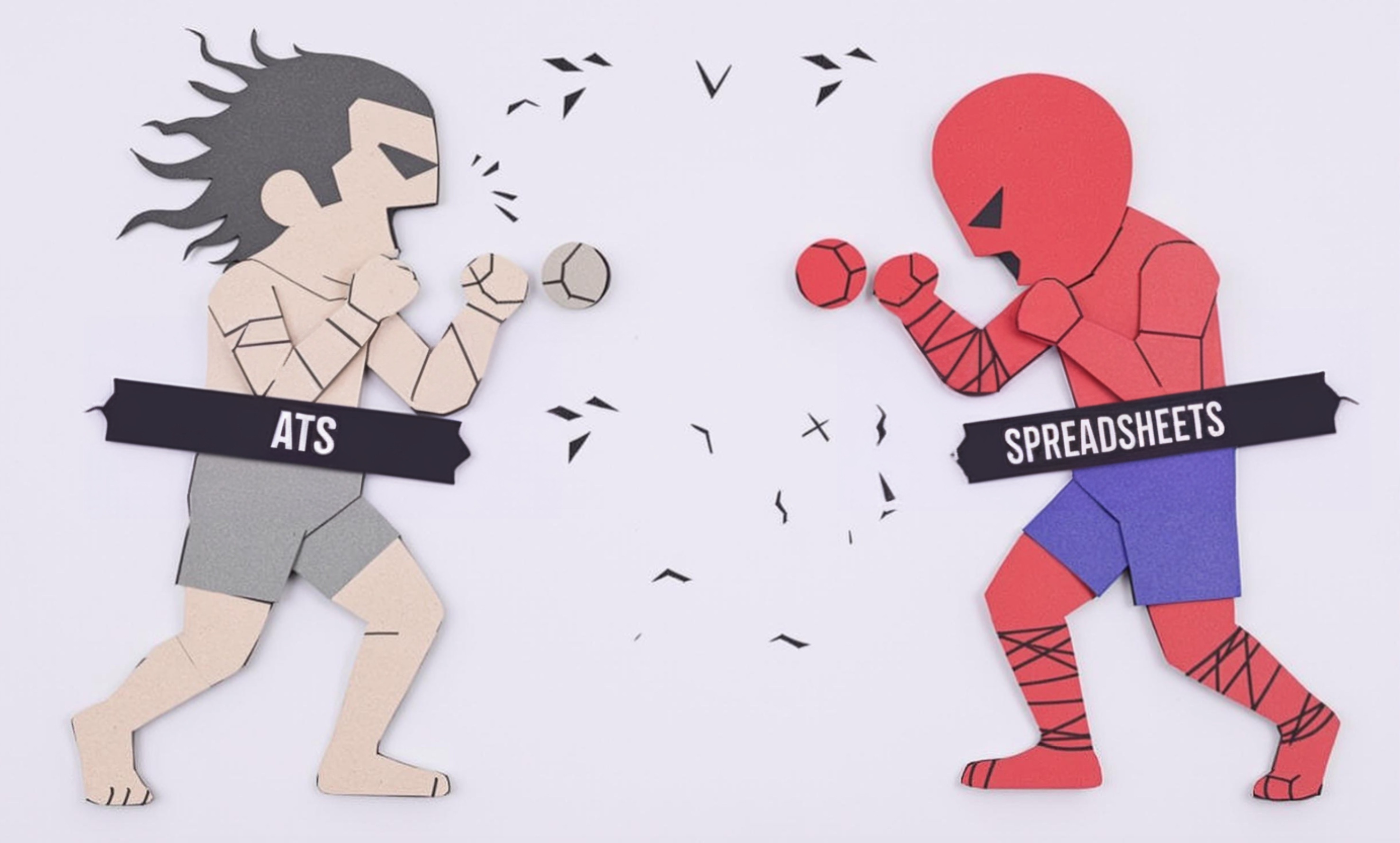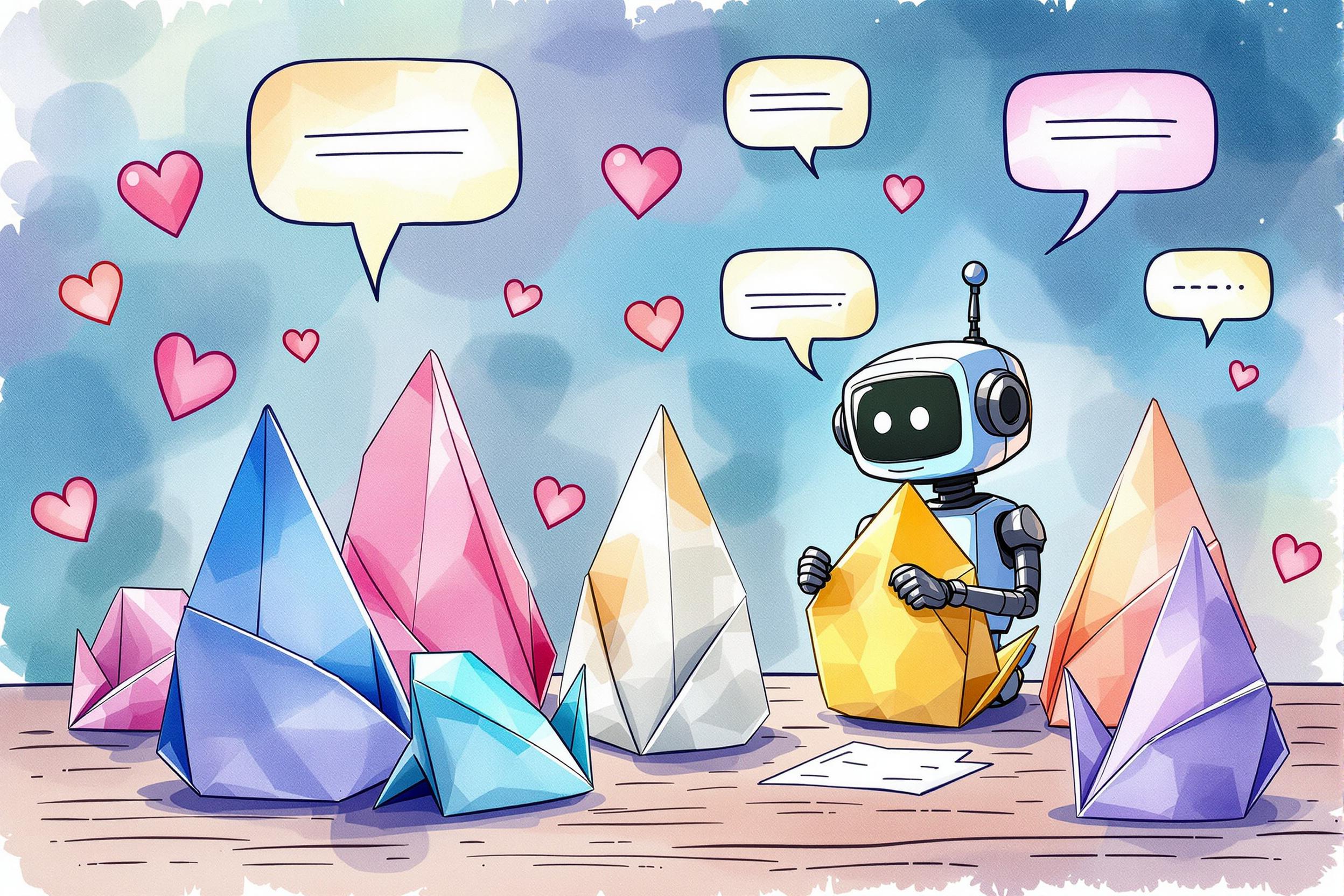
Model Sheet
A Model Sheet is a reference document artists create to maintain consistency in character appearance across different illustrations or animations. Think of it like a detailed blueprint or guide that shows what a character looks like from different angles, with different expressions, and in various poses. Artists use these sheets to ensure that whether they're drawing the character running, sitting, or smiling, they always look like the same person. In animation studios, these are essential tools that help multiple artists work on the same character while keeping their appearance consistent throughout a project.
Examples in Resumes
Created detailed Model Sheet|Model Sheets for main characters in an animated series
Developed Character Model Sheet|Character Model Sheets showing turnarounds and expressions for client approval
Collaborated with team members using Model Sheet|Model Sheets to maintain character consistency
Typical job title: "Character Designers"
Also try searching for:
Where to Find Character Designers
Online Communities
Professional Networks
Example Interview Questions
Senior Level Questions
Q: How do you manage a character design pipeline for a large project with multiple artists?
Expected Answer: A senior artist should explain their process for creating master model sheets, establishing style guides, reviewing other artists' work, and implementing feedback systems to maintain consistency across the team.
Q: How do you adapt model sheets for different production needs?
Expected Answer: They should discuss how model sheets vary between 2D animation, 3D modeling, game development, and illustration projects, and how they adjust detail and format accordingly.
Mid Level Questions
Q: What elements do you include in a comprehensive model sheet?
Expected Answer: Should describe including character turnarounds (front, side, back views), expressions, size comparisons, key poses, color schemes, and important details or props.
Q: How do you ensure your model sheets are easy for other artists to follow?
Expected Answer: Should discuss clear labeling, notes on important features, consistent proportions, and organizing information in a logical, easy-to-reference format.
Junior Level Questions
Q: What is the purpose of a model sheet?
Expected Answer: Should explain that model sheets help maintain character consistency and serve as a reference guide for artists working on the same project.
Q: What basic views should be included in a character turnaround?
Expected Answer: Should mention front, three-quarter, side, and back views as standard perspectives, and explain why each is important.
Experience Level Indicators
Junior (0-2 years)
- Basic character turnarounds
- Simple expression sheets
- Understanding of proportion and perspective
- Basic digital drawing skills
Mid (2-5 years)
- Comprehensive model sheets with multiple poses
- Detailed expression and attitude sheets
- Style matching and adaptation
- Strong understanding of anatomy
Senior (5+ years)
- Complex character design pipelines
- Team coordination and review
- Style guide creation
- Production workflow optimization
Red Flags to Watch For
- Unable to maintain consistent character proportions across different views
- Lack of basic anatomy knowledge
- No understanding of how model sheets are used in production
- Poor organization and labeling of reference materials
Related Terms
Need more hiring wisdom? Check these out...

Why Your Hiring Spreadsheets Are Secretly Sabotaging Your Recruitment

Rewiring Your Interview Templates for Better Candidate Experience

Beyond Spreadsheets: Why Executive Dashboards in ATS Systems Are Your Secret Hiring Weapon

